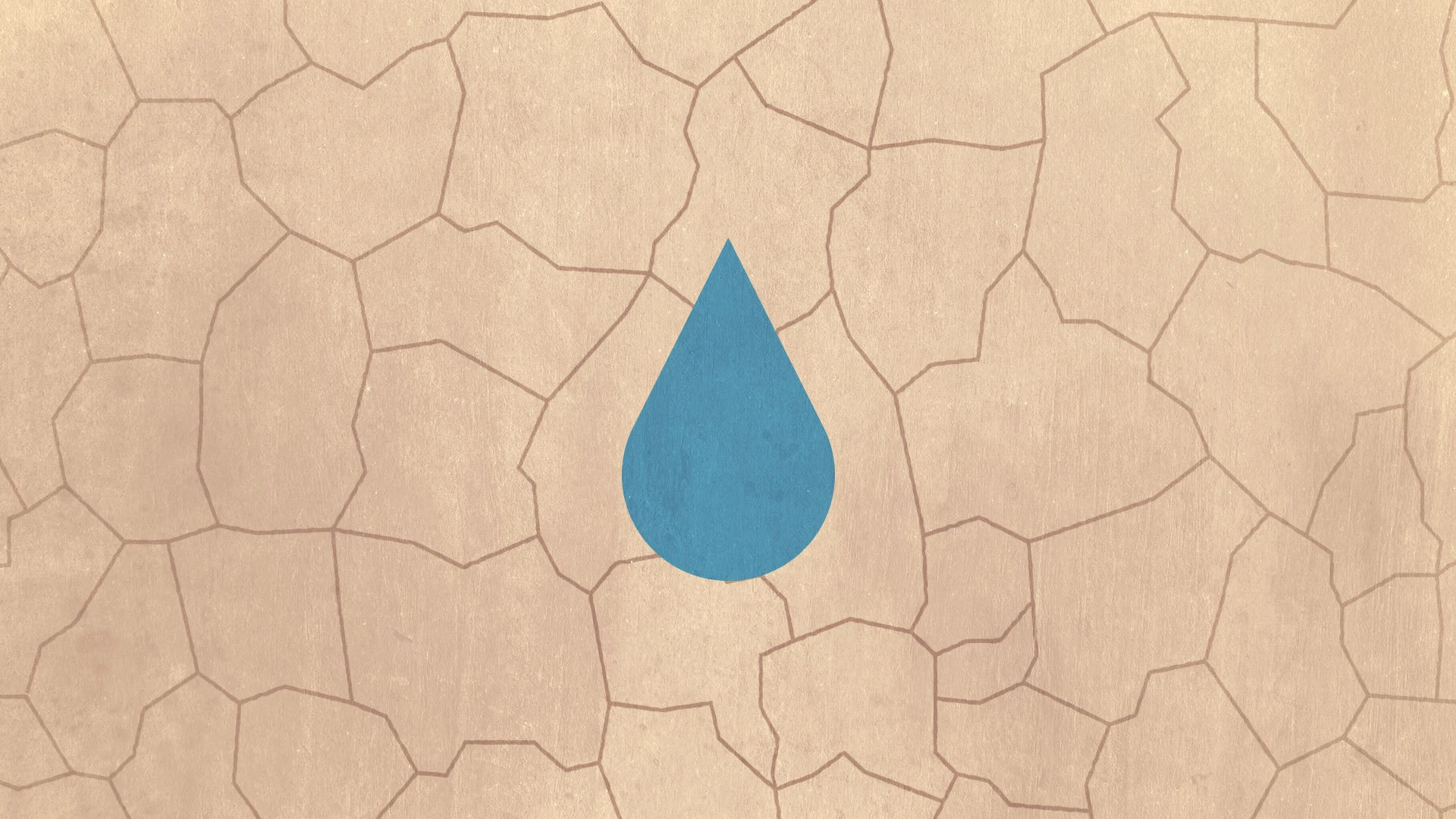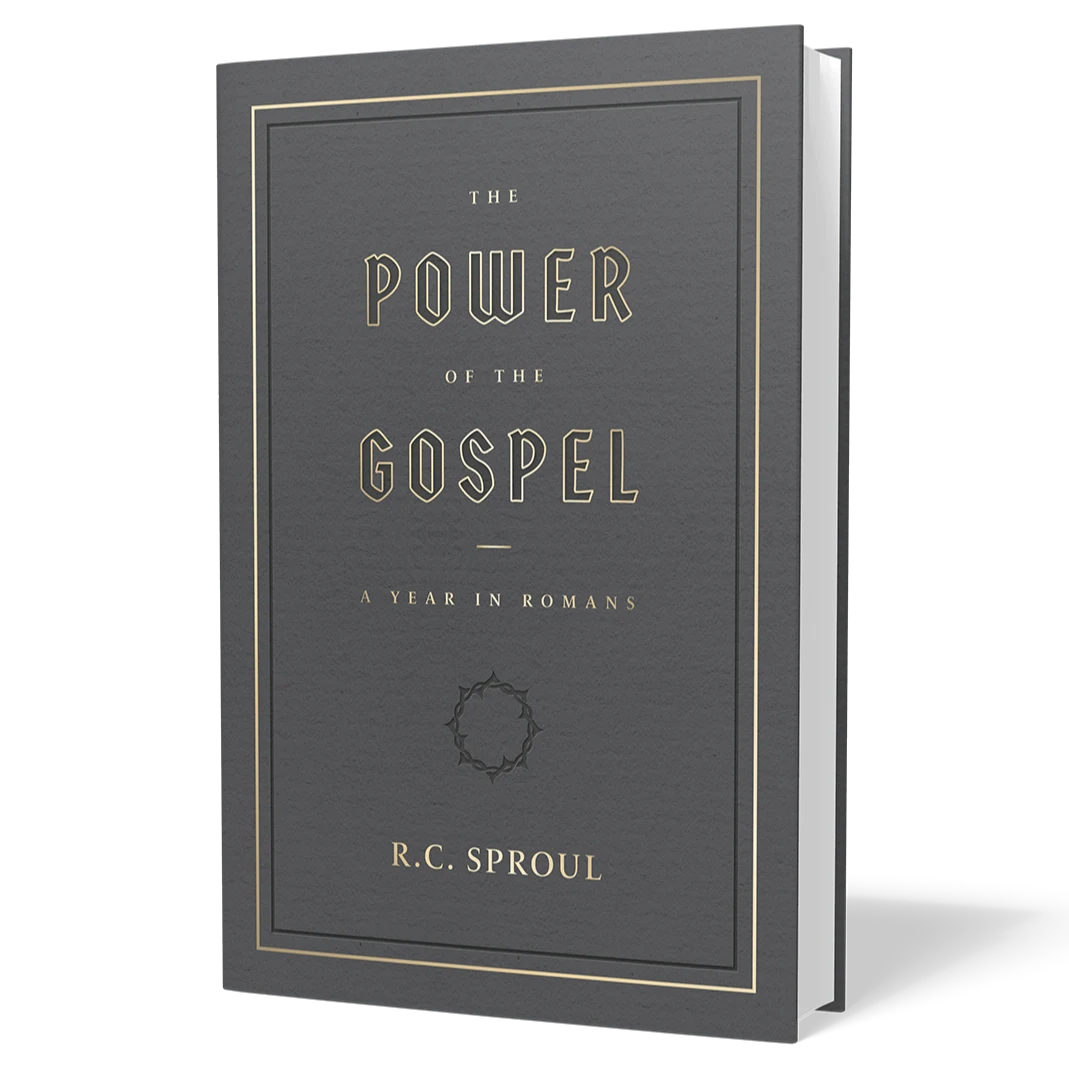The Beautiful Tears

In John 11, Jesus weeps. His tears, shed in response to Lazarus’ death and Mary and Martha’s grief, are full of embodied truth, beauty, and goodness.
Why did Jesus weep? He delayed coming to Bethany “so that the Son of God may be glorified through it” (John 11:4), and, when He arrived, informed Martha that He is “the resurrection and the life” (v. 25). If He came to Bethany to show His power, the fact that He is indeed the Messiah with the power to resurrect the dead, why did He not simply wave His “magic wand” to “solve the problem” of the death and illness of Lazarus? There would have been an immediate celebration, and all the tears would have been unnecessary. Tears are useless, even wasteful, if you possess the power to cause miracles. Instead, He made Himself vulnerable, stopped to feel the sting of death, to identify with frail humanity, who struggled to know hope.
Through those tears, Jesus pronounced, “Lazarus, come out!” (v. 43). A deep emotive response prepared the way for a resurrection moment. Lazarus came stumbling out of the grave, and many began to believe in Jesus. The authorities then sought to kill Lazarus, and Jesus continued His path toward the cross.
Jesus’ tears transformed Mary’s view of her Lord. Soaking the hardened ground of Bethany, Jesus’ tears commingled with hers. Jesus was not only a Savior but proved to be an intimate friend; the glory of God shone through such a deep friendship with the Son of Man. John took note.
Beauty, to the Japanese of old, held together the ephemeral with the sacred. Cherry blossoms are most beautiful as they fall, and that experience of appreciation lead the Japanese to consider their mortality. Hakanai bi (ephemeral beauty) denotes sadness, and yet in the awareness of the pathos of life, the Japanese found profound beauty. Nobel laureate Yasunari Kawabata quotes from Japanese post-war writer Ryunosuke Akutagawa’s suicide notes: “But nature is beautiful because it comes to my eyes in their last extremity” (Japan, the Beautiful, and Myself, p. 63).
Kawabata, too, committed suicide a few years later. For the Japanese, the sense of beauty is deeply tragic, tied to the inevitability of death.
Jesus’ tears were also ephemeral and beautiful. His tears remain with us as an enduring reminder of the Savior who weeps. Rather than to despair, though, Jesus’ tears lead the way to the greatest hope of the resurrection. Rather than suicide, Jesus’ tears lead to abundant life.
Later, Mary responded by running to Jesus with her most important possession. She barged into a closed room of disciples, crushing open her alabaster jar of nard, worth a year’s wages, that she was to keep for her wedding. She intuited in Jesus’ tears that every miracle of Jesus drew Him a step closer to His sacrificial death. She had to respond with a direct, intuitive, but also intentional, act of devotion.
While the disciples (notably Judas) grumbled, Jesus commended her, saying, “She has done a beautiful thing to me.... She did what she could. She poured perfume on my body beforehand to prepare for my burial. I tell you the truth, wherever the gospel is preached throughout the world, what she has done will also be told, in memory of her” (Mark 14:6–9, NIV).
Jesus’ tears led to Mary’s act of sacrifice, of nard being spread in a closed room in Bethany, where a transgression by a woman opened up a new paradigm the aroma of Christ, of the reality of the gospel breathing into our broken world, filling the cracks of suffering. When Jesus hung on the cross, the only earthly possession Jesus wore was Mary’s nard.
Art, like Jesus’ tears and Mary’s nard, spreads in our lives, providing useless beauty for those willing to ponder. Many consider the arts to be the “extra” of our lives, an embellishment that is mere leisure. Yet how many hours of sacrifice go into being able to play a sonata by Chopin? Or a dancer’s flight on stage at the Lincoln Center? What many consider extra, and even wasteful, may come to define our humanity. That evening at Bethany, in that aroma that Mary spilled, there were Leonardo da Vinci’s paintings and Johann Sebastian Bach’s cantatas floating in the air as well (thanks to James Elaine, curator and artist, for this observation). Every act of creativity is, directly or indirectly, an intuitive response to offer to God what He has given to us. We twist this intuition and may create something transgressive and injurious, but this creative impulse originates from the Creator. Jesus wept.
Judas was livid at Mary’s act, and argued that the nard could have been sold and the money given to the poor (Mark 14:5). Pragmatism, legalism, and greed cannot comprehend the power of ephemeral beauty. The opposite of beauty is not ugliness; the opposite of beauty is legalism. Legalism is hard determinism that slowly strangles the soul. Legalism injures by giving pragmatic answers to our suffering. Legalism takes away life by forbidding the nard to be spilled onto our feet. Artists, like Mary, can intuitively give generatively and break open the oppression. Often, in the church and in the world, pragmatism and legalism stand in the way.
Artists need Jesus’ tears to create. They need to relate to Jesus’ tears.
Artists know the poor, and they do not need to be told by a legalist to give to the poor. Jesus knows that those who truly give cheerfully are merely responding to an extravagant God. What we deem to be extravagant and wasteful, Jesus calls the most necessary. The problem is not that we do not respond extravagantly to the poor; the problem is that we do not believe in an extravagant God.
To me, all art resonates from the aroma of Christ, hung on the cross. Art seeps out like Mary’s nard onto a floor that is supposed to be “clean”; such art reveals what is truly beautiful (Mary’s act) and what is truly injurious (Judas’ act) at the same time. Artists, like Kawabata, are also vulnerable to despair. Legalism and despair are both tools at the disposal of the Devil: suicide meets both at the end of their paths.
I spend my time in my studio pouring water onto the surface of my paintings and mixing mineral pigments into them. I pursue grace by the very act of painting. The materials I use are extravagant, expensive. Gold, platinum, silver, hand-lifted paper and silk, and one-hundredyear- old sumi ink all become materials that build up the layers of the surface of my works. I remind myself to be like Mary. I remind myself of Jesus’ tears.
Christ is the great Artist. Maybe what He saw in Mary was a little artist, emulating and mirroring His great sacrifice.
Mary transgressed cultural norms in this act of love, trembling in thanksgiving, knowing that the King must be anointed. In one act, she broke open the mystery of the moment. Her nard spread and its aroma filled that room. It was an ephemeral act, one that she did not think of as “art.” I am sure she herself was surprised by Jesus’ words that her act would be remembered, that she would leave a lasting legacy.
Jesus told the disciples that what Mary had done would be proclaimed “whenever the gospel is told.” Perhaps we need to ponder the logical consequence to this extraordinary affirmation: Is our work for the gospel saturated with the aroma of Mary’s nard? What is our beautiful, extravagant offering that exposes Judas, an offering prepared for the cosmic wedding to come?
What we deemed a waste, Jesus called the most necessary. Jesus wept.


